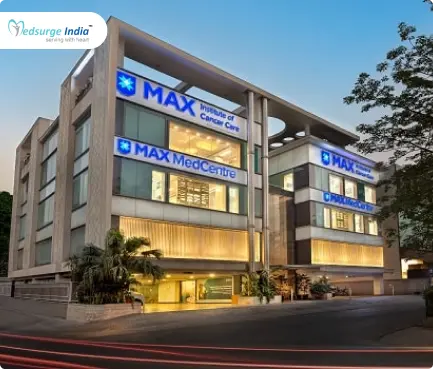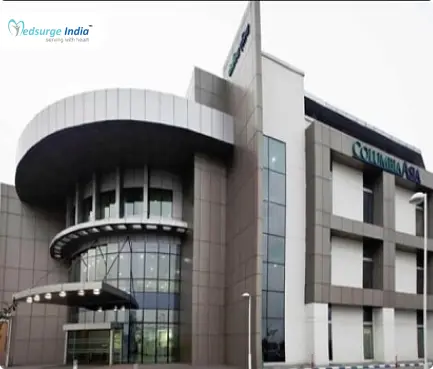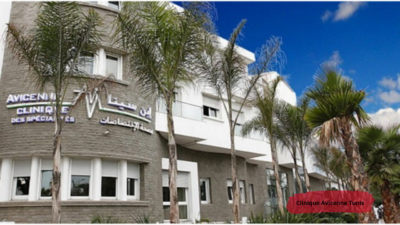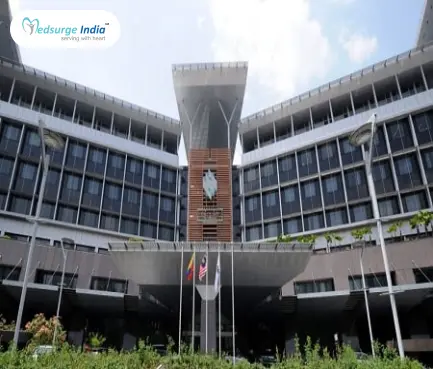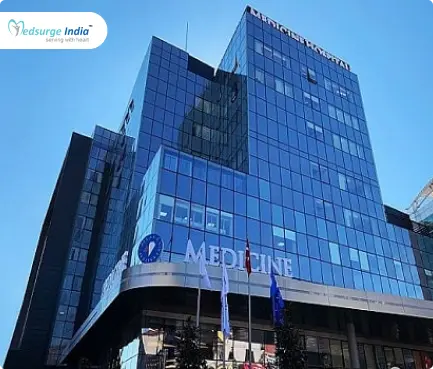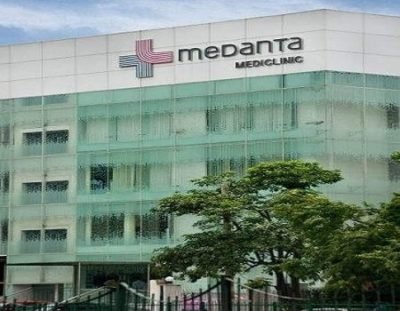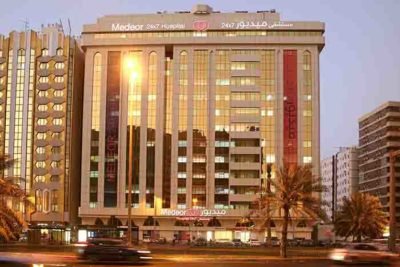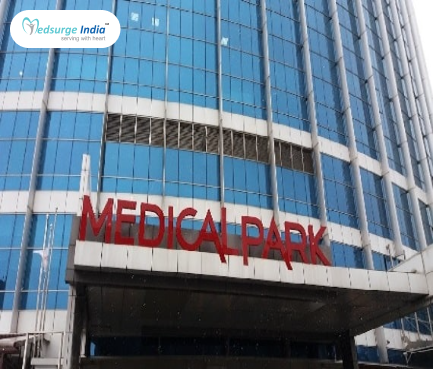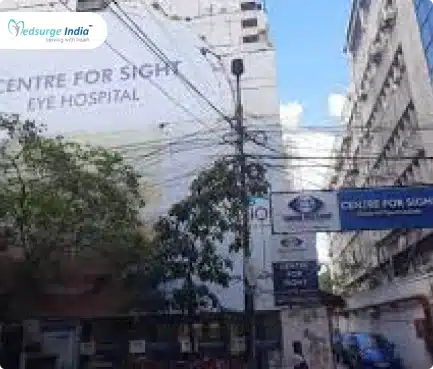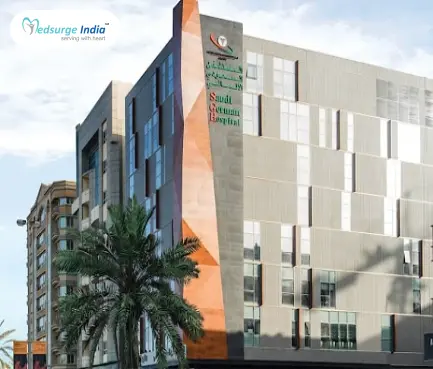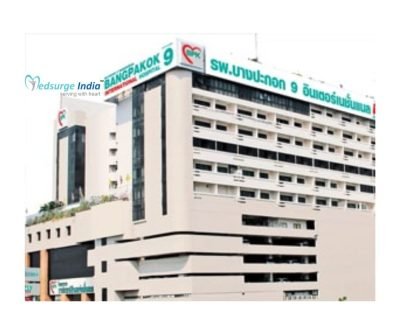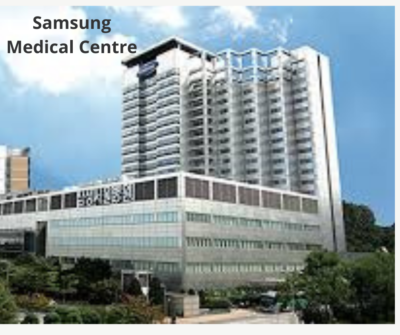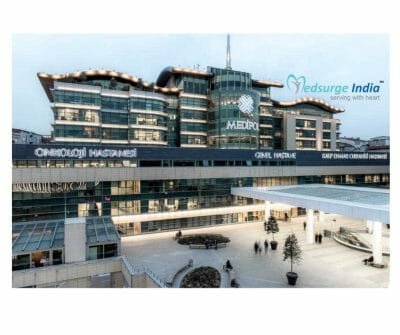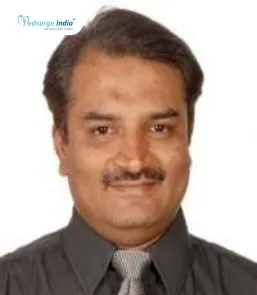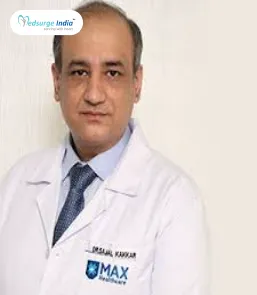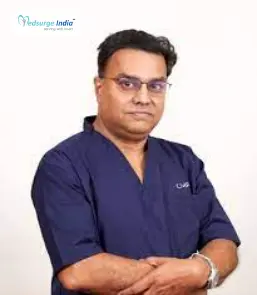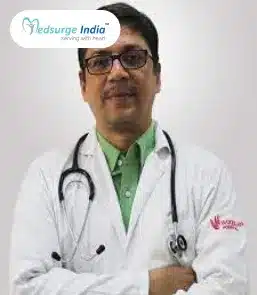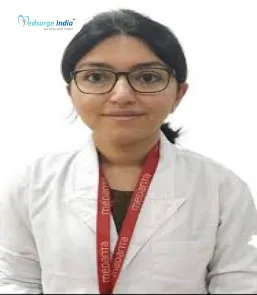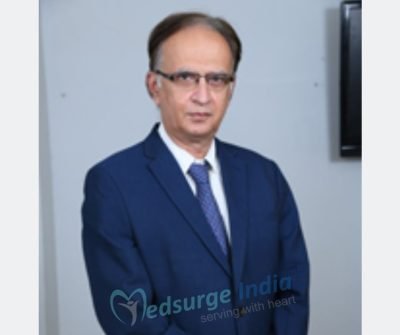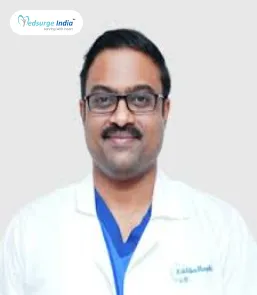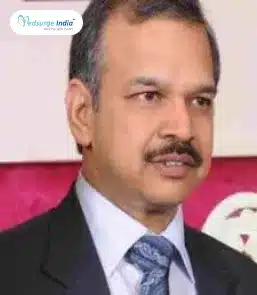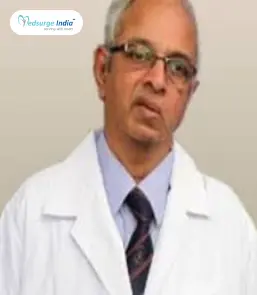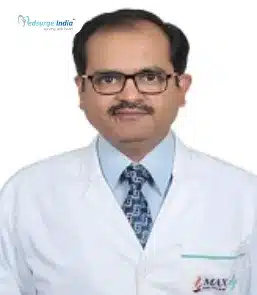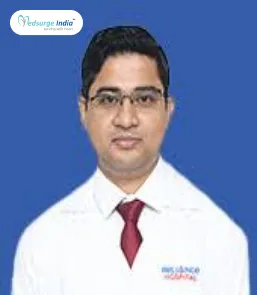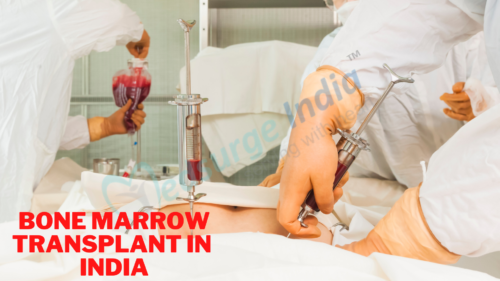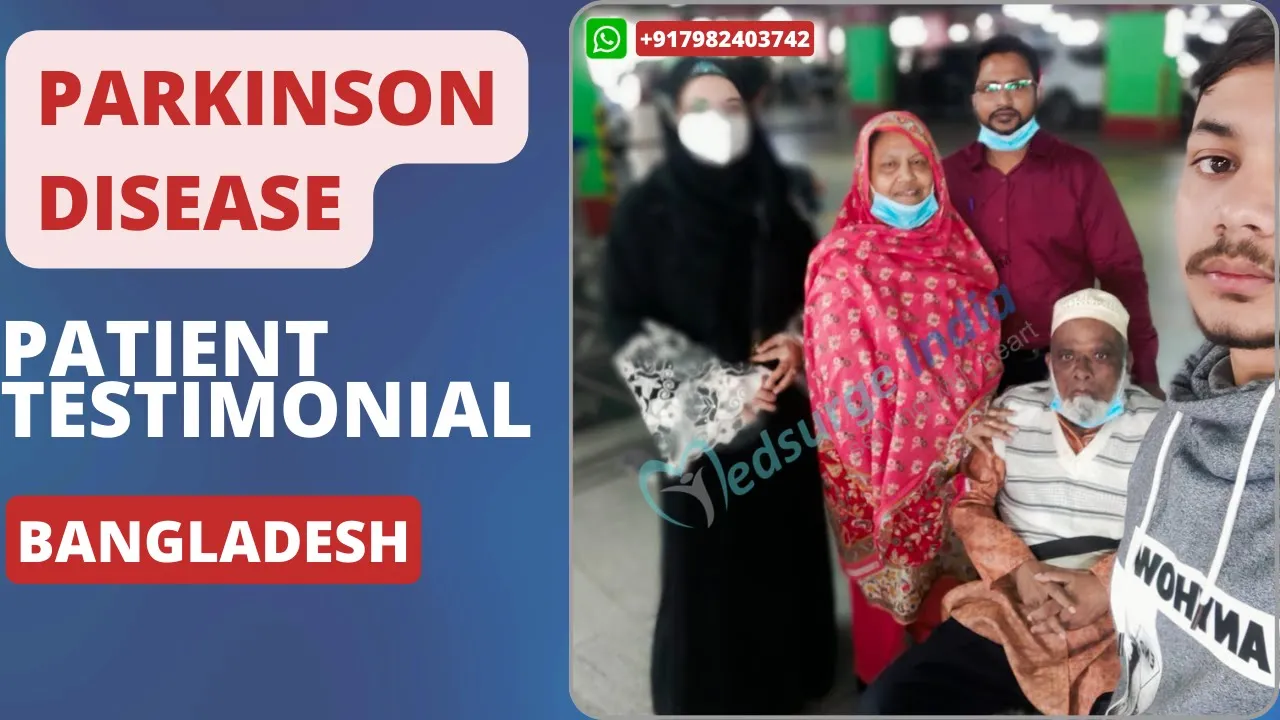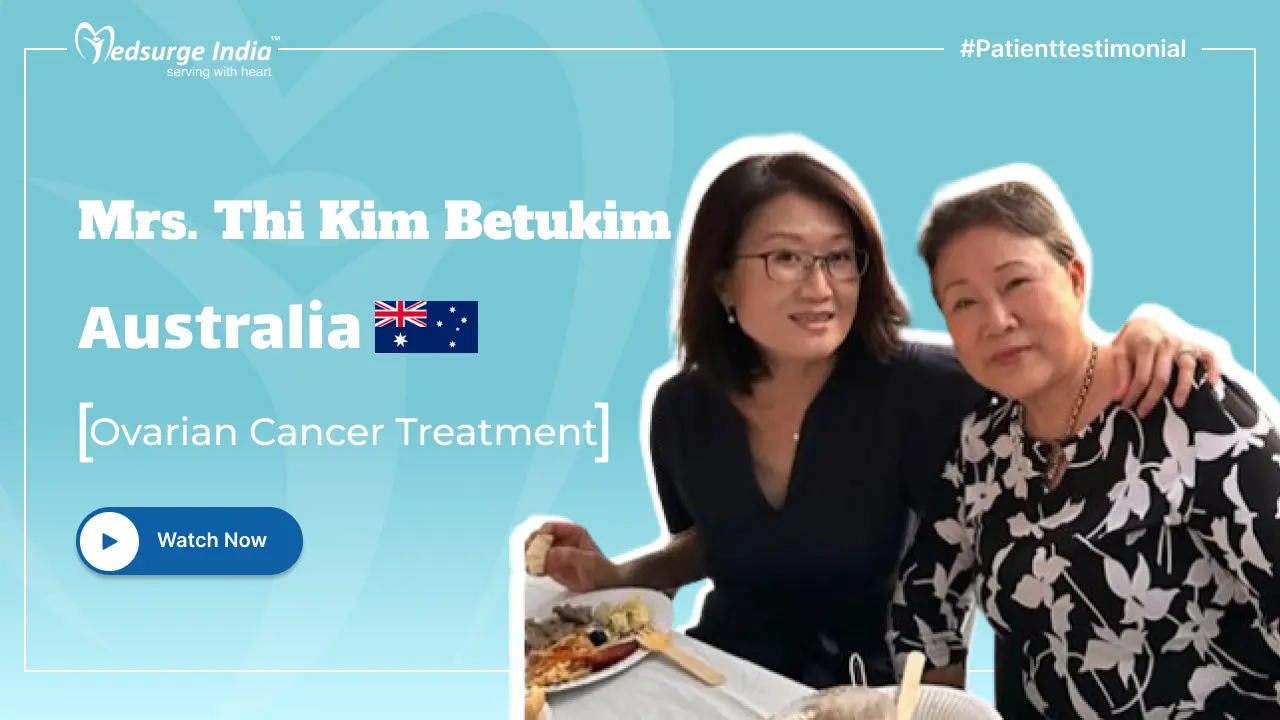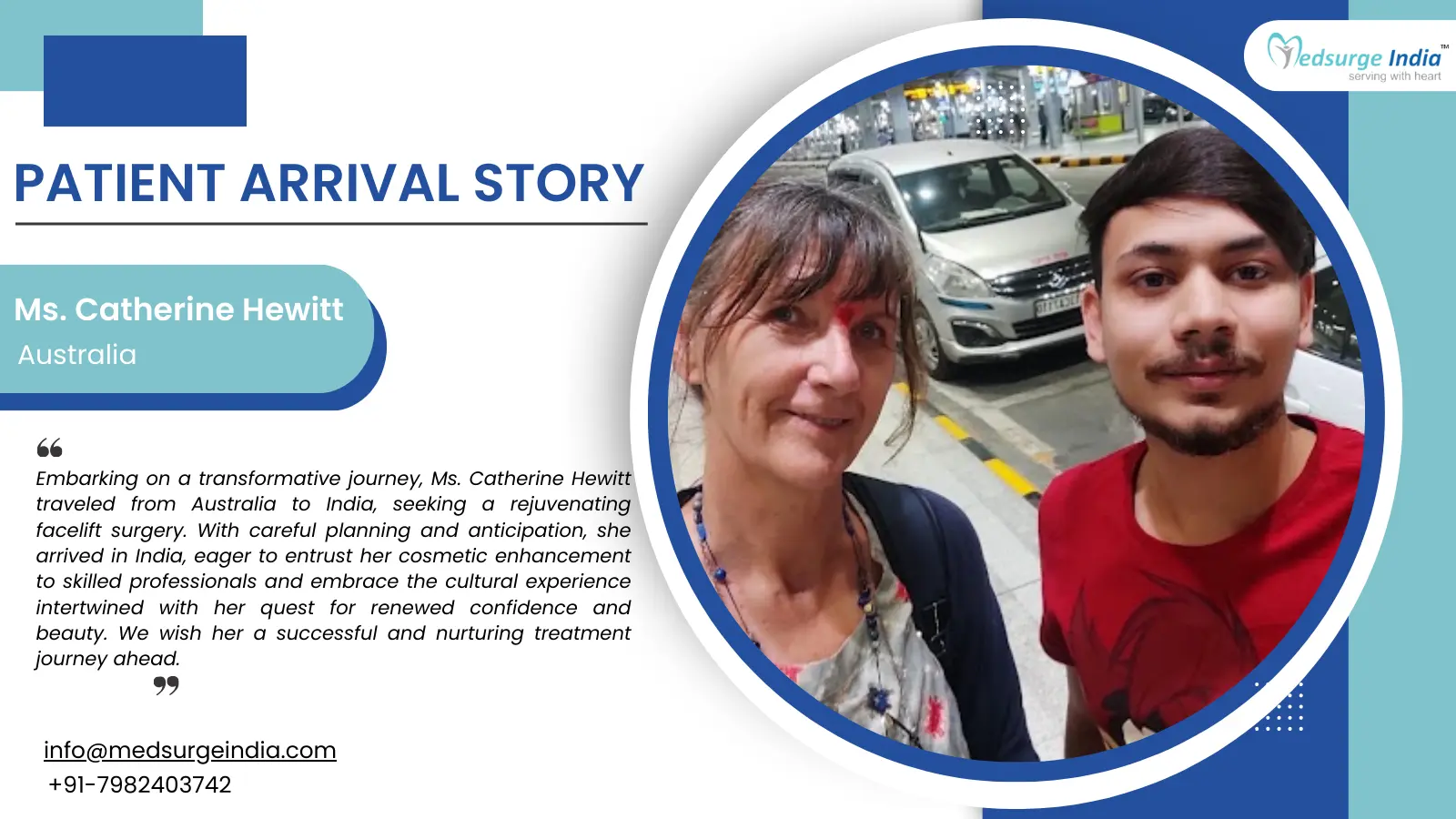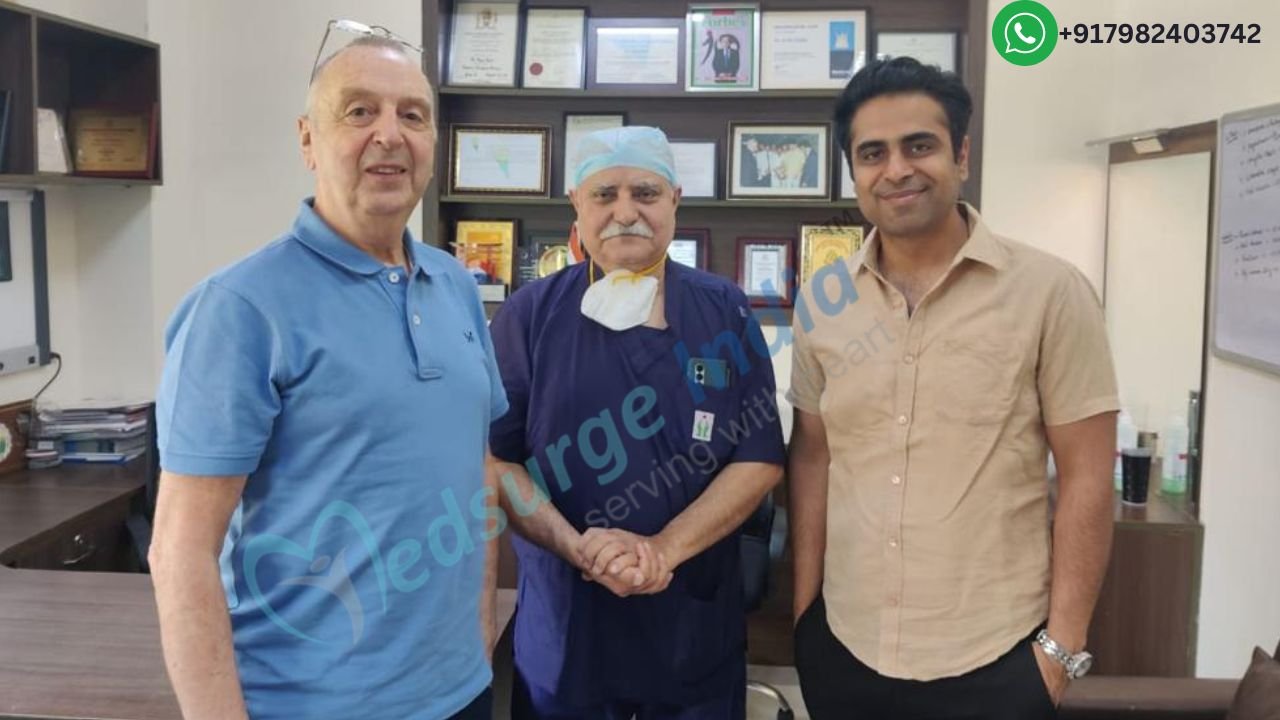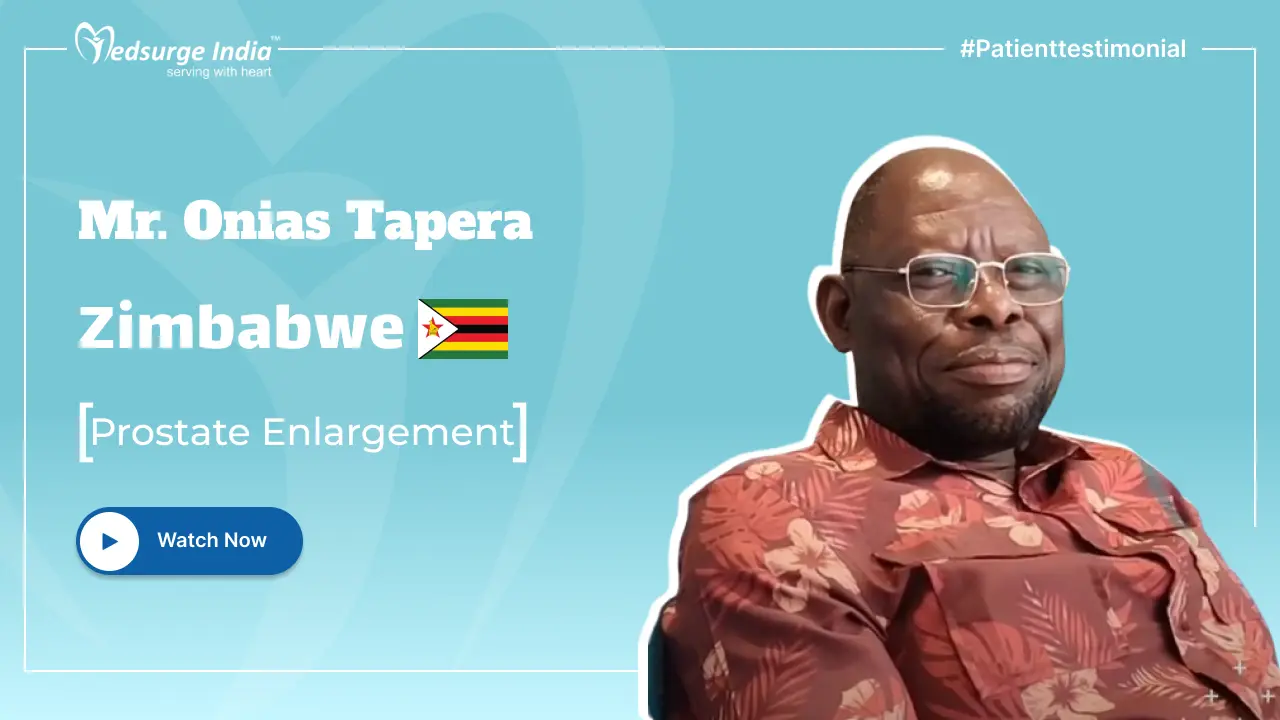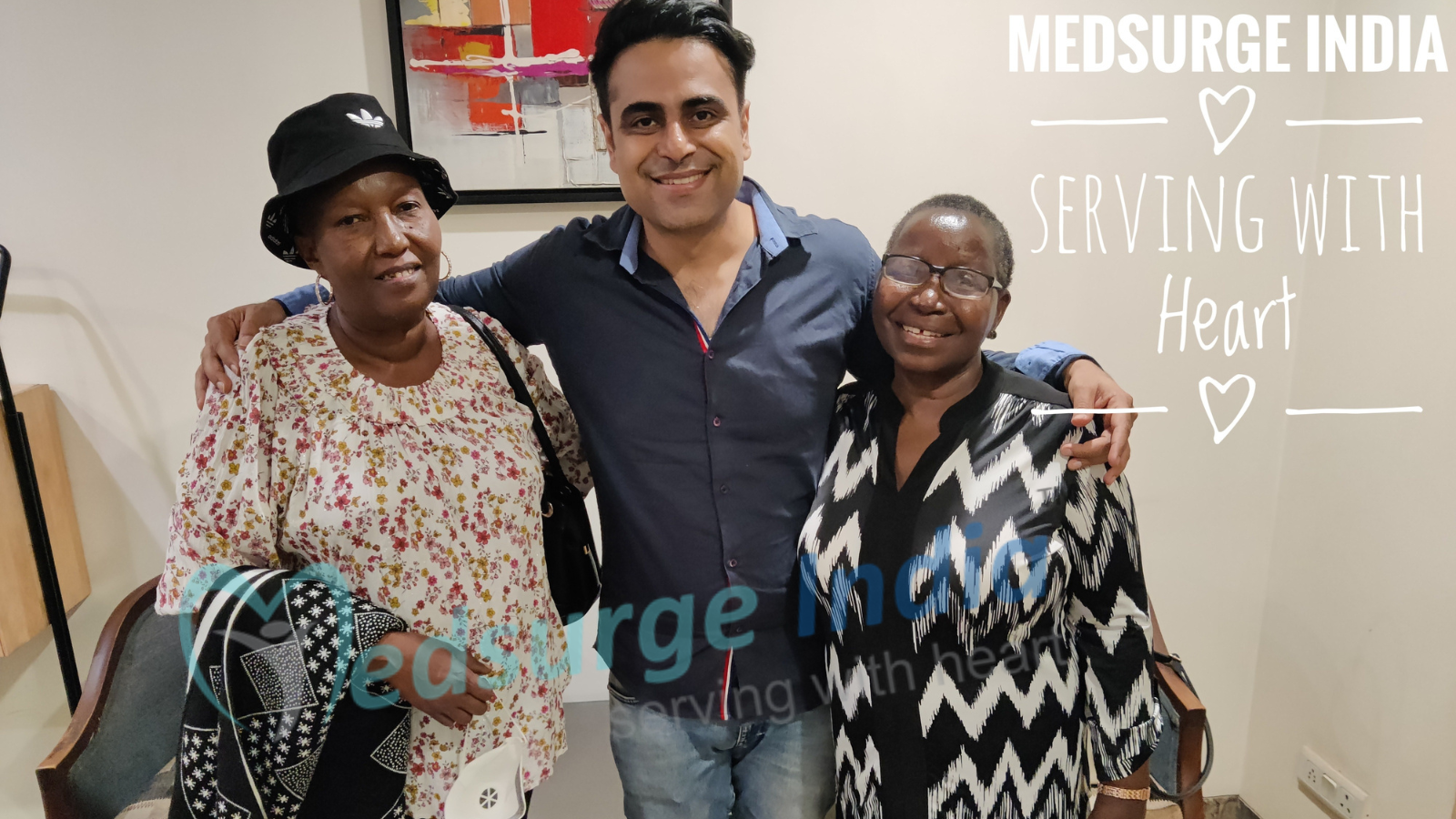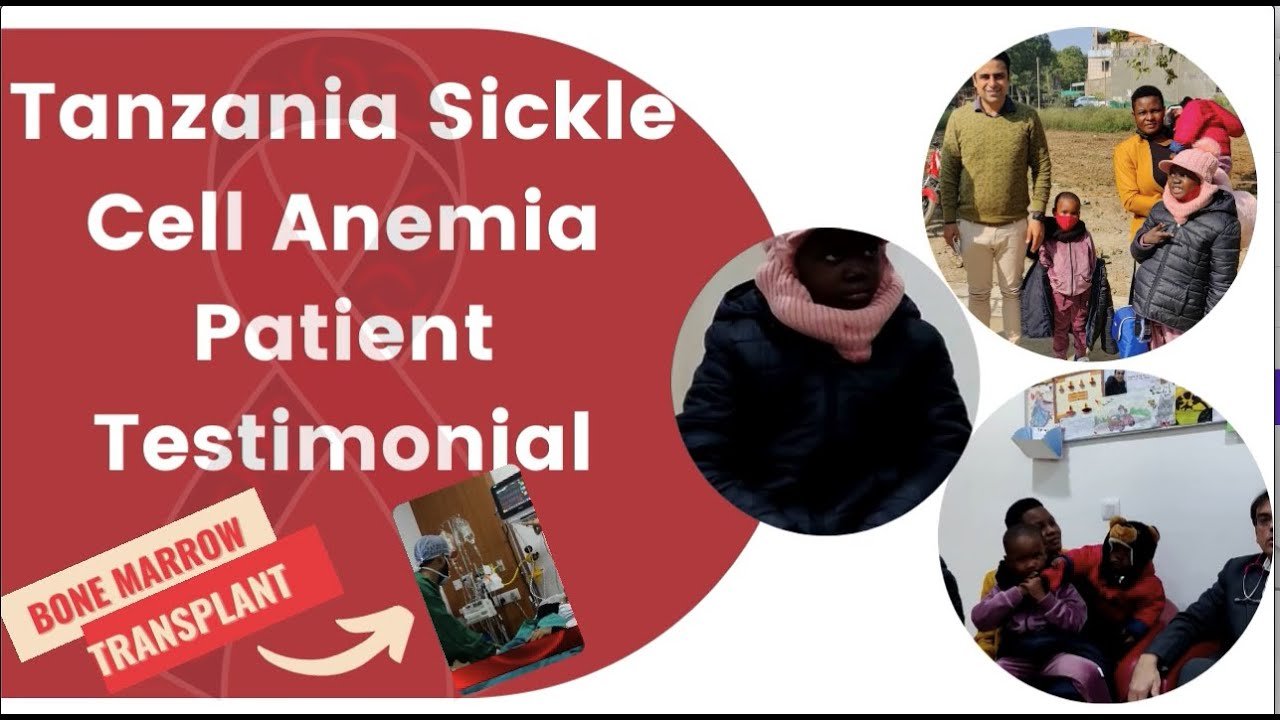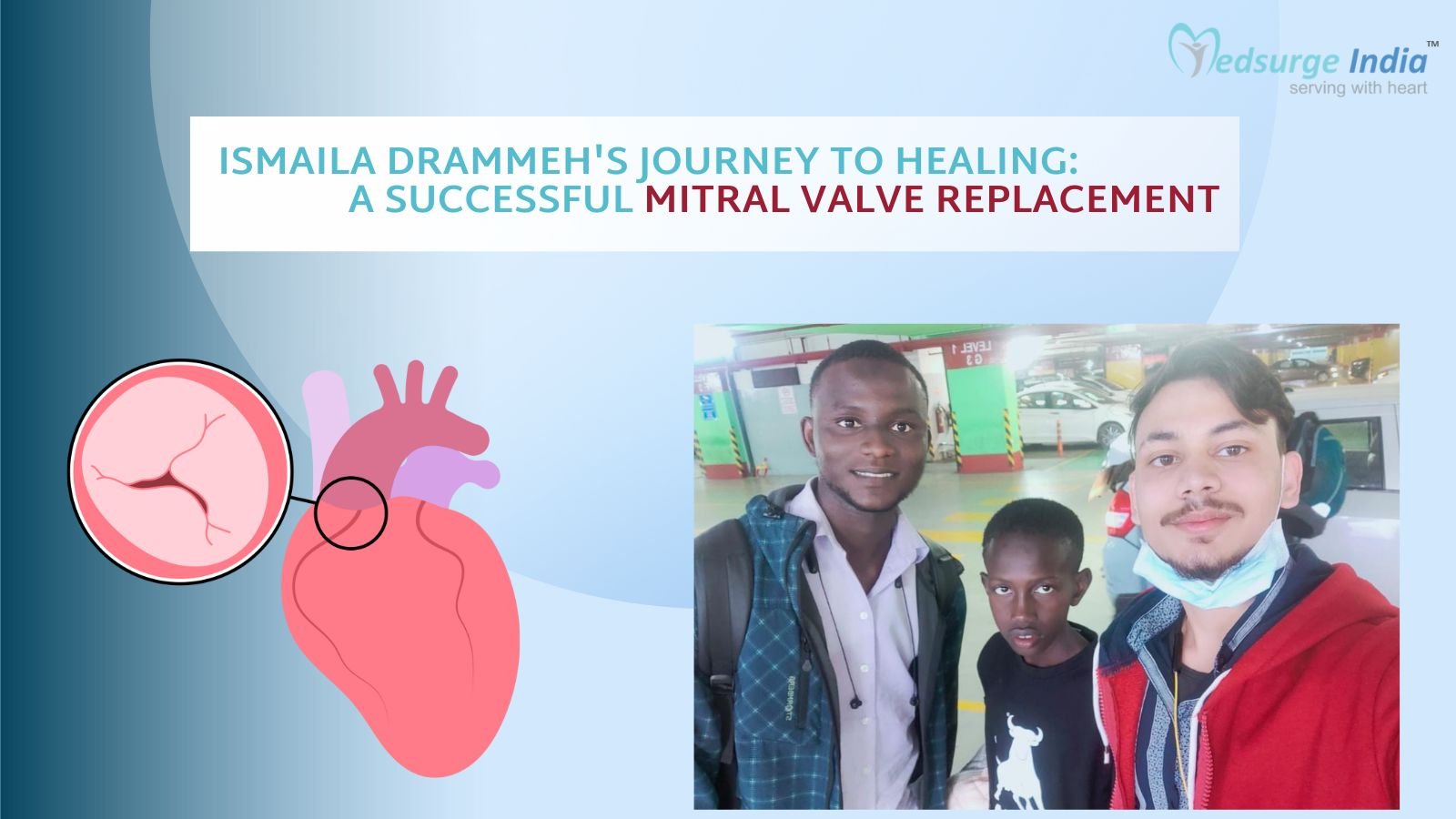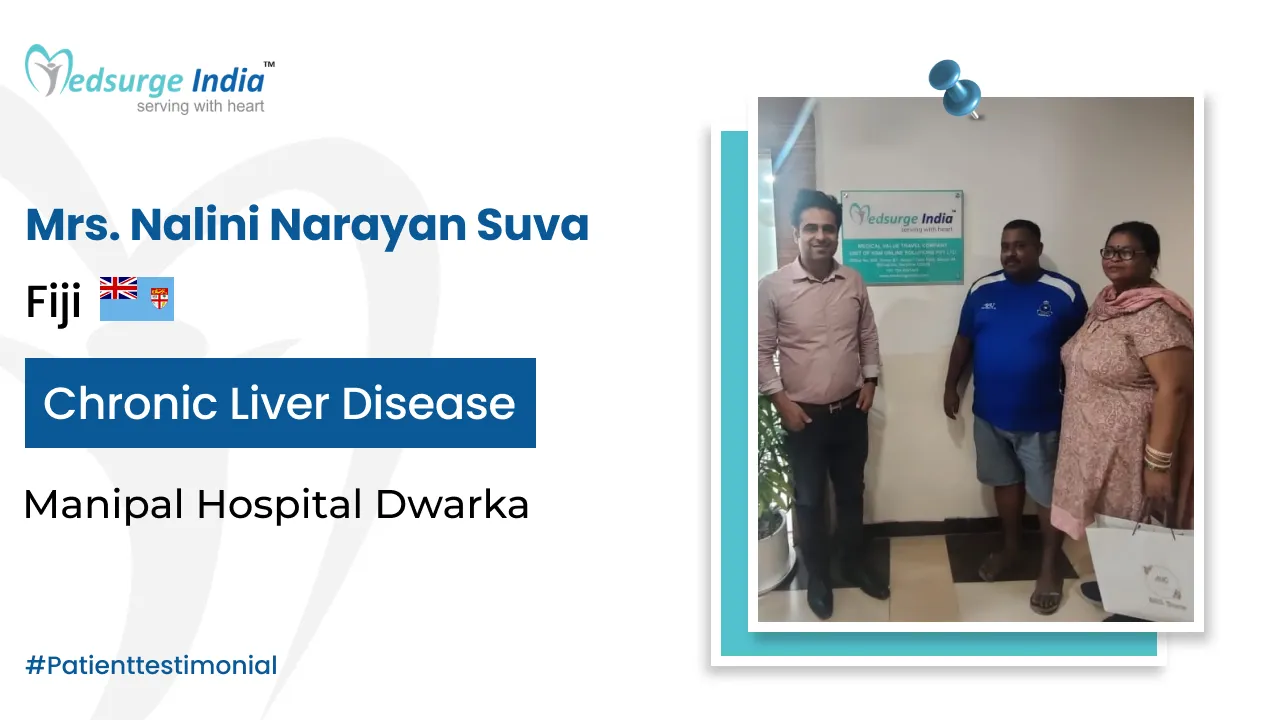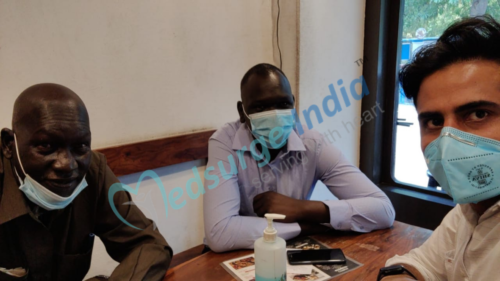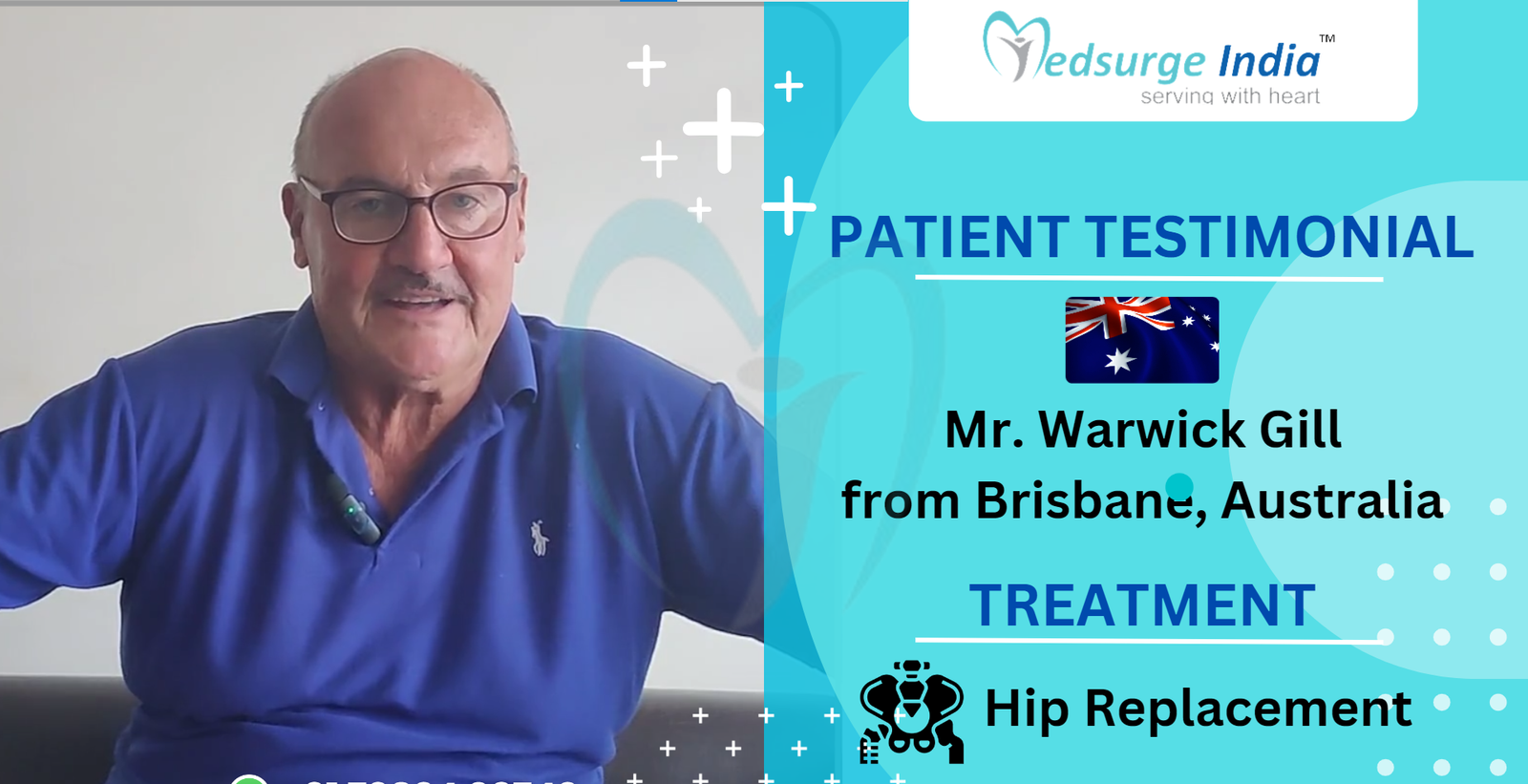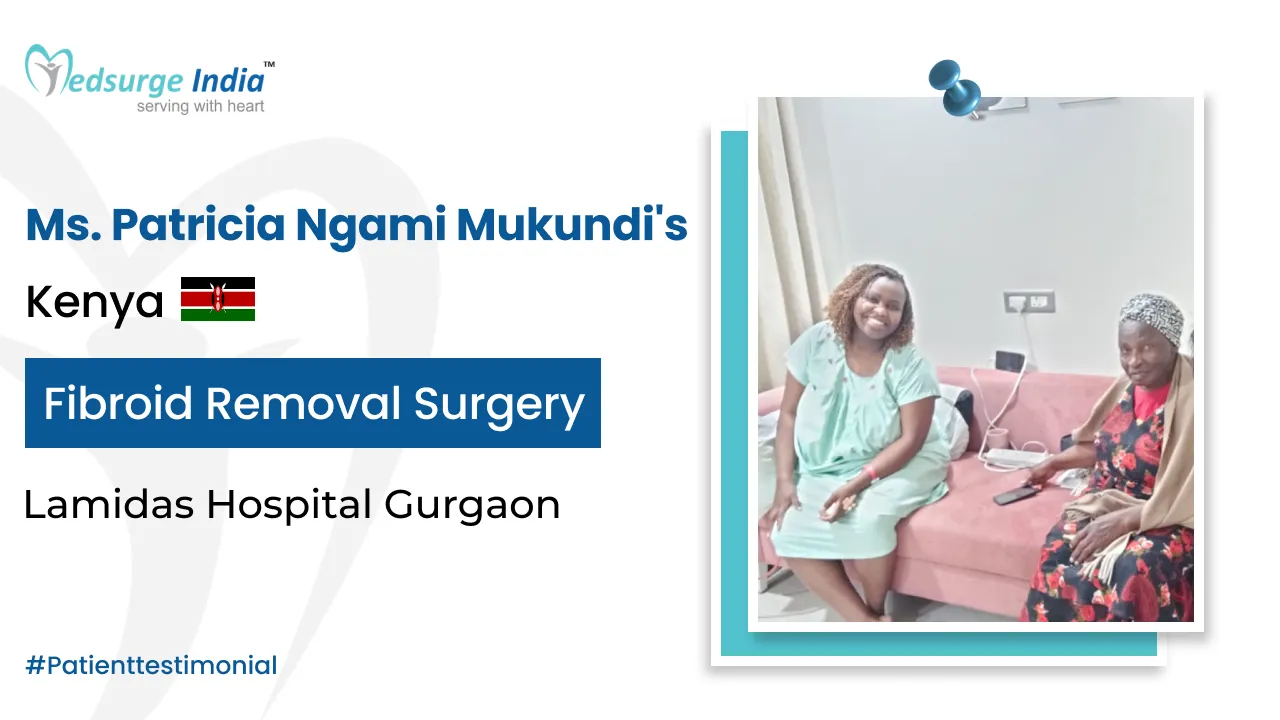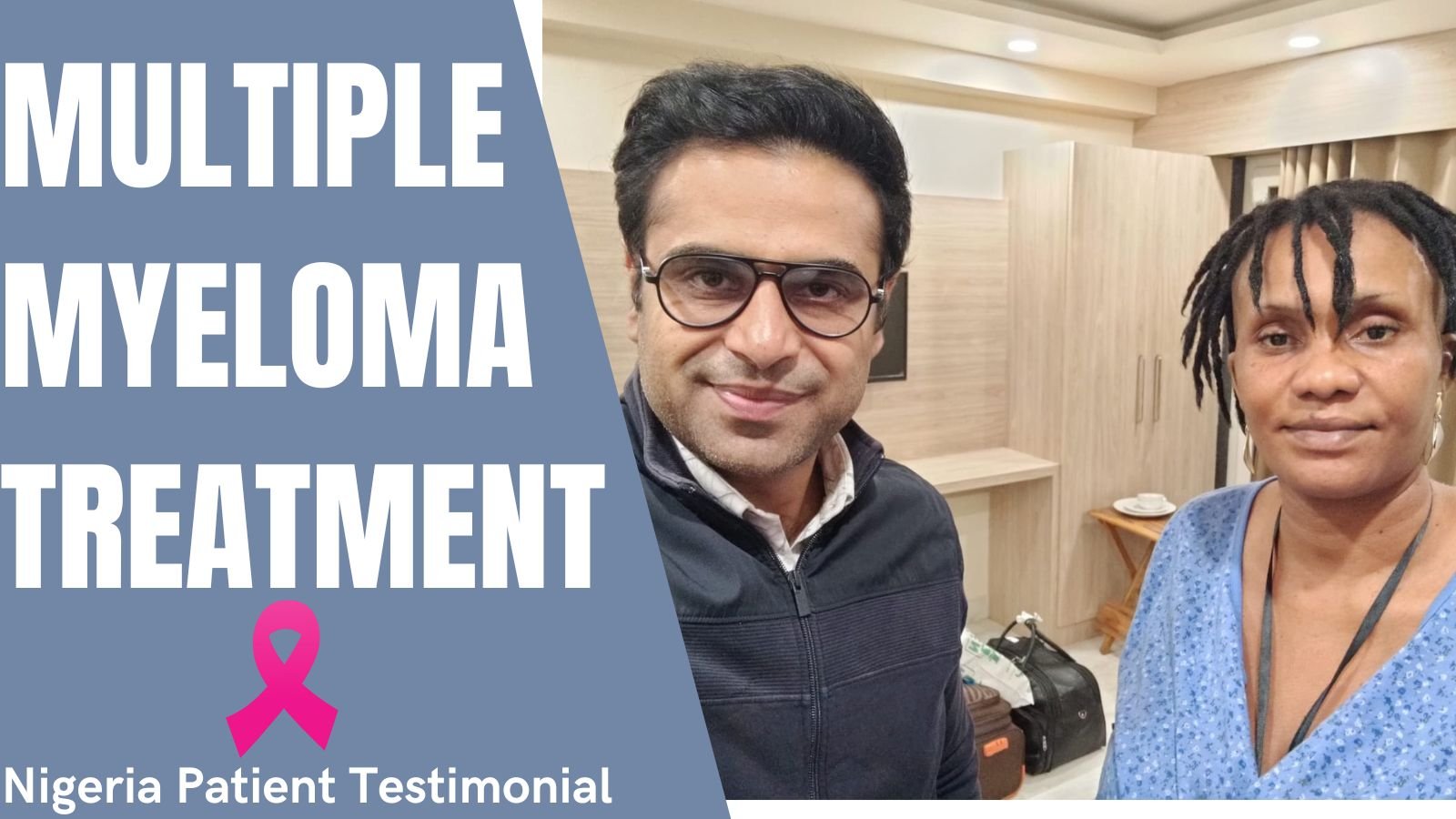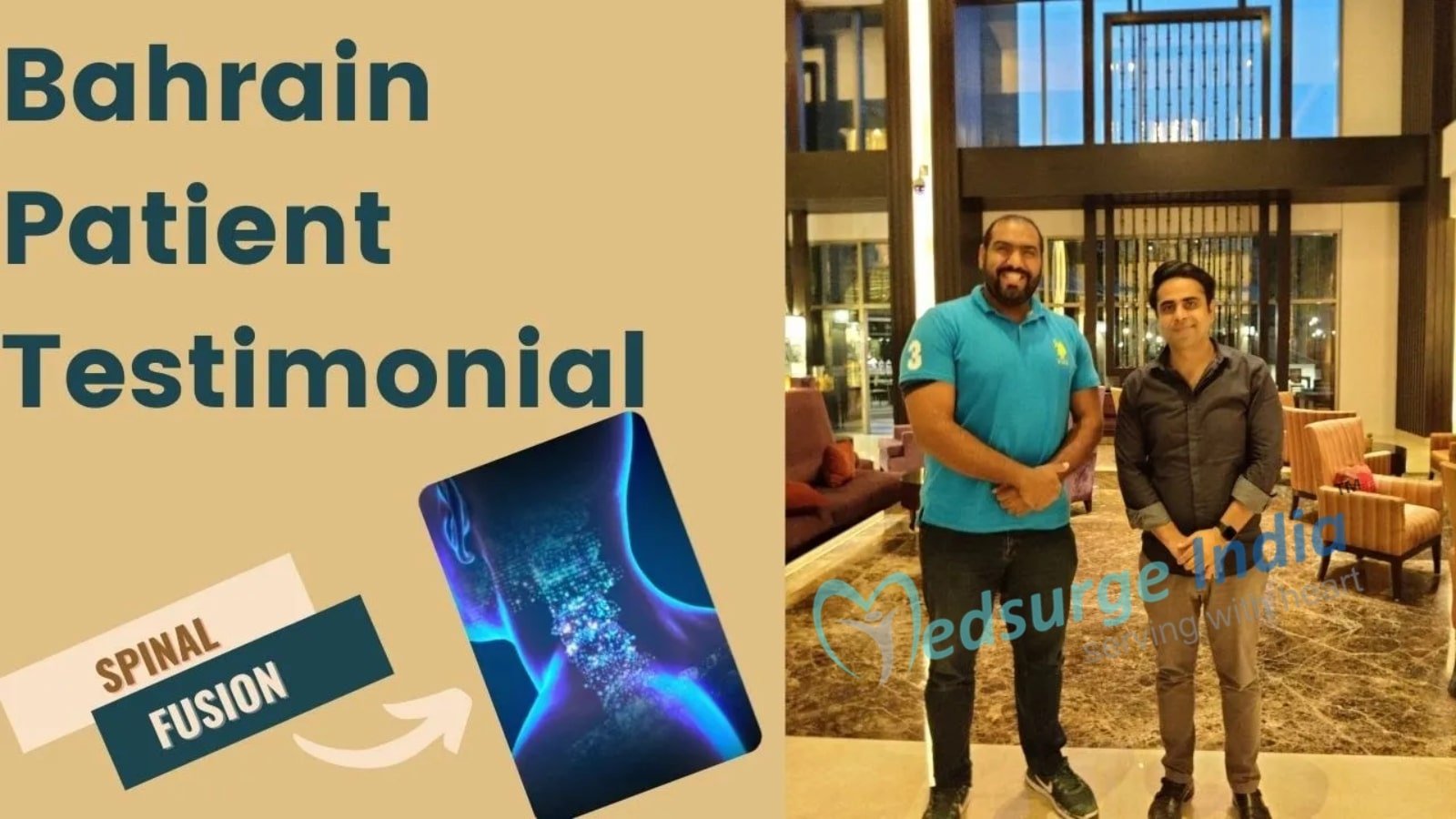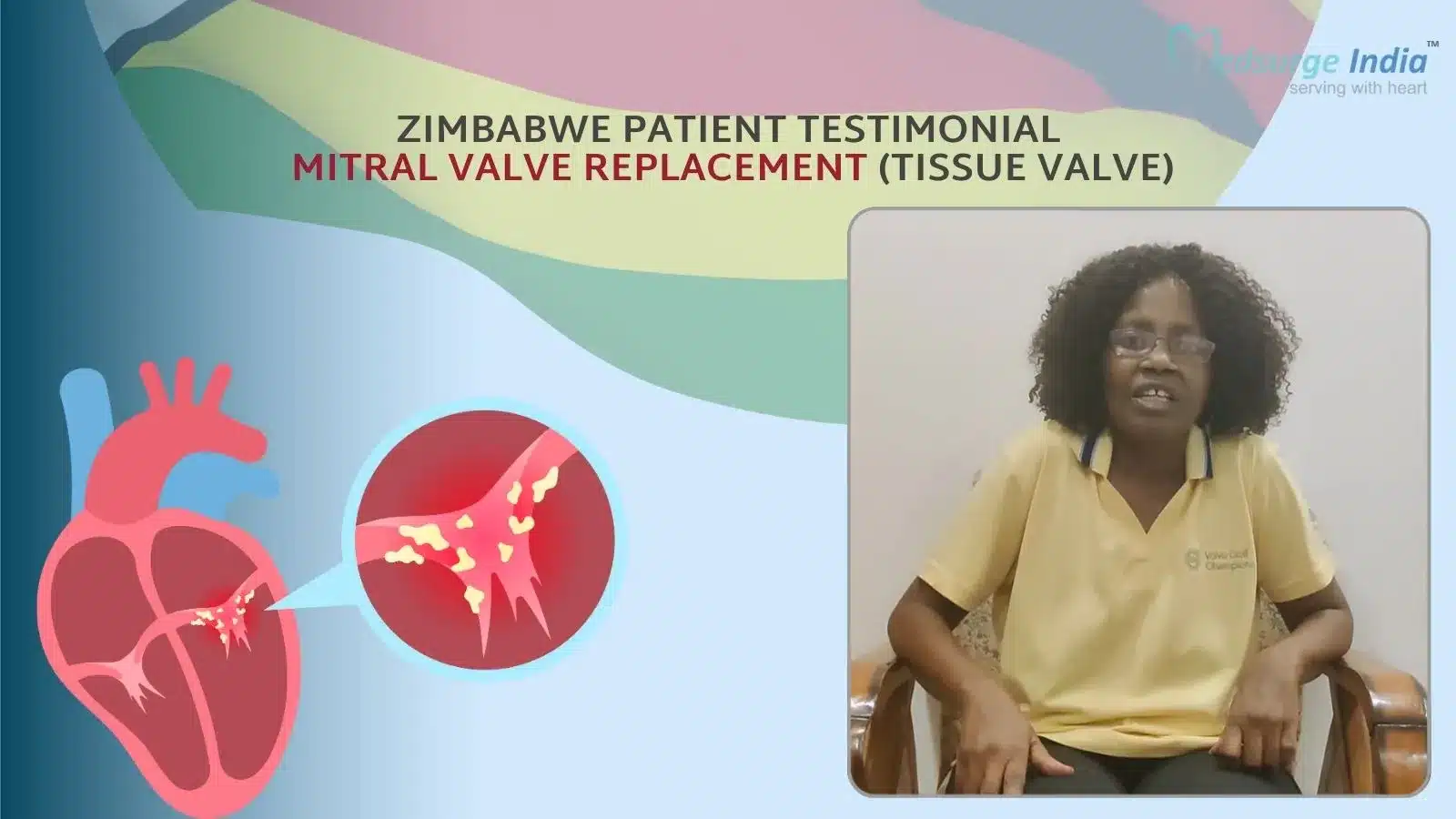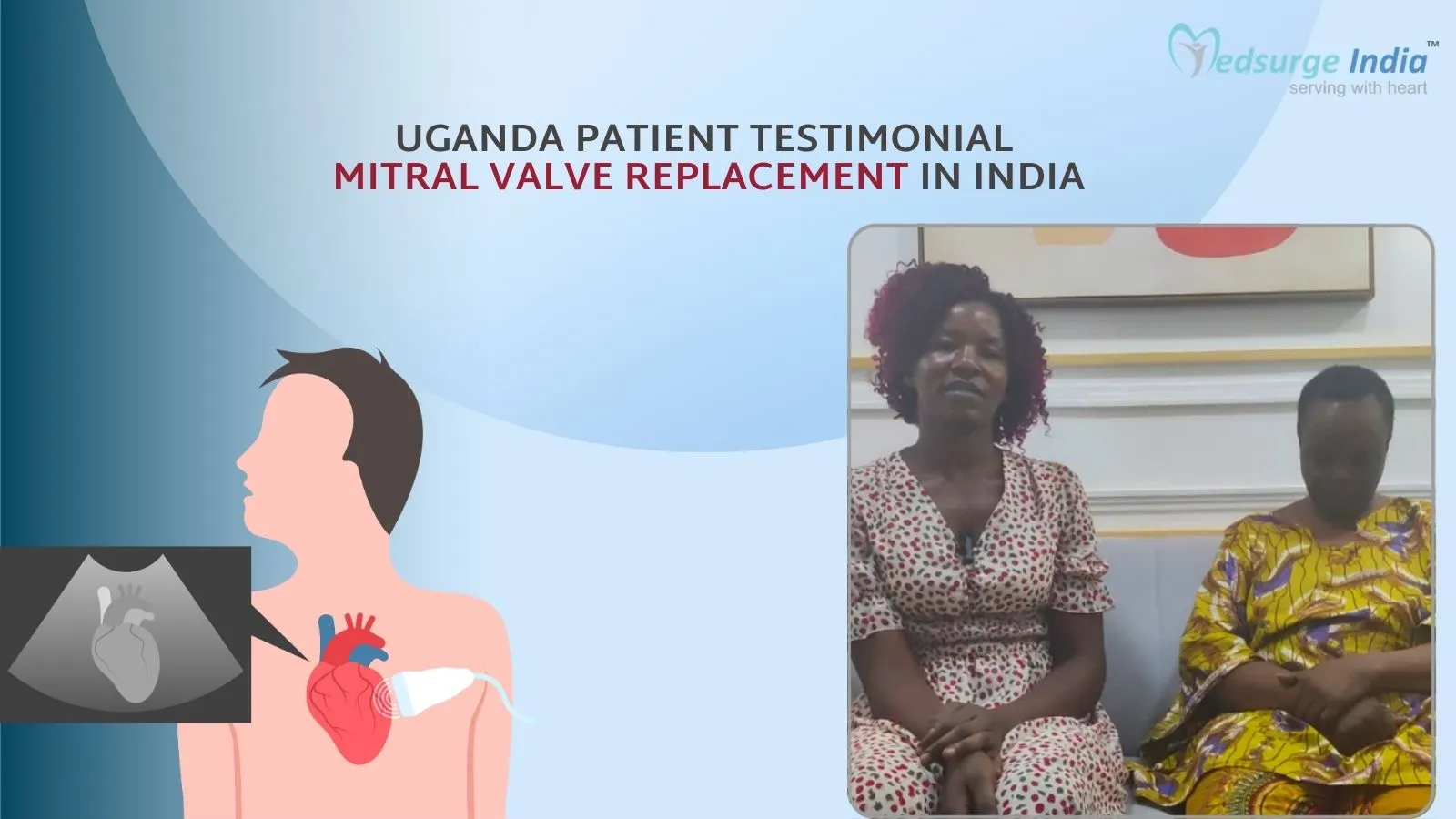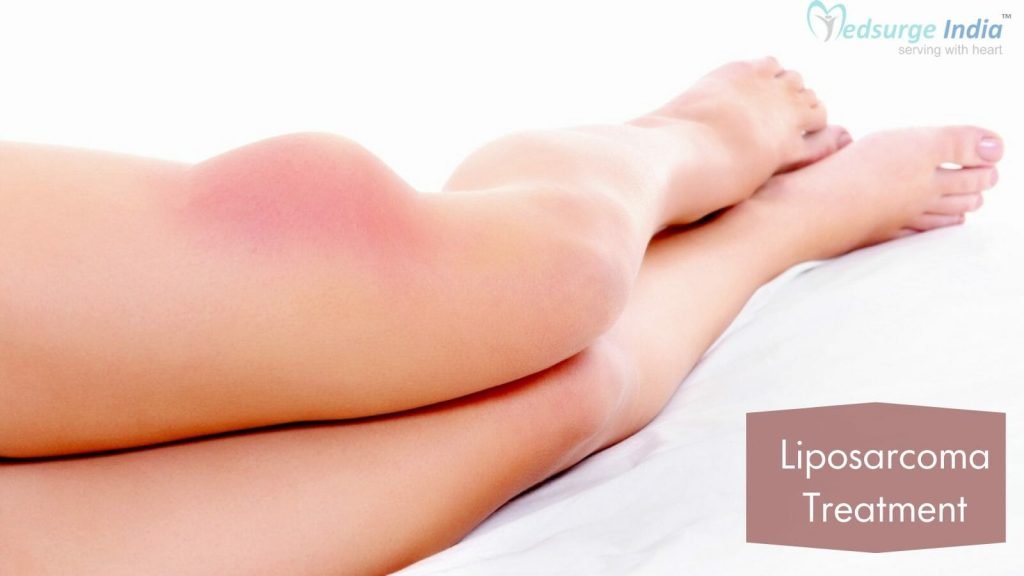
Liposarcoma is a rare kind of cancer that develops in fat cells. Soft tissue sarcomas, such as liposarcoma, are a form of sarcoma. Liposarcoma can develop in fat cells everywhere in the body, although the majority of cases occur in the leg muscles or the abdomen. Liposarcoma is most common in elderly persons, but it can strike anyone at any age. Liposarcoma treatment in India usually involves surgery to remove the tumor. Other therapies, such as radiation therapy, may be employed as well.
What Is Liposarcoma?
Liposarcoma is a rare connective tissue cancer that looks like fat cells when examined under a microscope. It is responsible for up to 18% of all soft tissue sarcomas. Liposarcoma can affect practically any part of the body, although it affects the thigh in more than half of cases and the abdominal cavity in up to a third.
Adults between the ages of 40 and 60 are most commonly affected by liposarcoma. When it does affect children, it usually happens throughout their adolescent years.
Lipomatous tumors are another name for liposarcomas. They typically grow slowly and do not cause any pain. They can develop quite quickly in some circumstances, putting strain on adjacent tissue or organs.
Lipomatous tumors are comparable to lipomas, which are a common form of a lump under the skin. Lipomas are harmless tumors (not cancerous). An expert in sarcoma should be consulted to distinguish between a lipoma and a liposarcoma (cancer).
There are four types of liposarcoma, each with its own set of characteristics and behaviors:
- Well-differentiated liposarcoma: It’s the most common subtype, and it typically begins as a low-grade tumor. Under the microscope, low-grade tumor cells appear to be normal fat cells that tend to grow and change slowly.
- Myxoid Sarcoma: It is a tumor of intermediate to high grade. Under the microscope, its cells appear less typical and may contain a high-grade component.
- Pleomorphic Sarcoma: It is the rarest subtype and is a high-grade tumor with cells that look very different from normal cells.
- Dedifferentiated Sarcoma: When a low-grade tumor undergoes a transformation, the newer cells in the tumor become high-grade.
What Are the Symptoms of Liposarcoma?
The majority of persons with liposarcoma do not have any symptoms. They may notice a lump (which might be soft or firm to the touch) that is painless and grows slowly. Tumors in the abdomen, however, can develop to be quite large before they are discovered.
As a lipomatous tumor grows and presses on nearby nerves, muscles, or organs, you may experience symptoms. Signs and symptoms of liposarcoma differ depending on where the tumor is located. They may include the following:
- Constipation
- Fatigue (extreme tiredness)
- Pain
- Breathing problems
- Swelling that has not been explained
- Weakness
- Sudden stomach pain
Liposarcoma in the abdomen can cause the following symptoms:
- Pain in the abdomen
- Swelling in the abdomen
- Feeling full immediately when you eat.
- Constipation
- Stool with blood
What Are the Causes of Liposarcoma?
The specific causes of liposarcoma are not identified yet. Clinically, it can be first observed in the extremity, particularly in an area of recent trauma where the patient may locate a mass, but the cause and effect are very certainly coincidental. A mutation in several of the genes ordinarily found in fat cells is thought to be the cause of liposarcoma. Malignant changes defined by unregulated growth can result from a number of abnormalities in these genes (mutations or DNA alterations).
Despite the fact that patients may identify a growth after an injury, liposarcoma is not thought to be caused by trauma. It’s also not known to arise from benign lipomas, which are fat lumps that are not harmful.
Liposarcoma Treatment Cost in India
Liposarcoma Treatment Cost in India on average starts from USD 2100. Note that the pricing for Liposarcoma Treatment in India will depend on the type of hospital and the city you choose.
Types of Treatment Procedures for Treating Liposarcoma Treatment in India
| Treatment | Starting Price |
| Surgery | USD 3500 |
| Chemotherapy | USD 800 |
| Radiation Therapy | USD 2500 |
| Targeted Therapy | USD 400 |
Estimated prices depending on different cities in India
| Cities | Starting Price |
| Delhi | USD 2100 |
| Gurgaon | USD 2100 |
| Noida | USD 2100 |
| Mumbai | USD 2300 |
| Hyderabad | USD 2100 |
| Chennai | USD 2100 |
| Kolkata | USD 2100 |
| Bangalore | USD 2400 |
Note: Do remember that the pricing and the treatment for Liposarcoma Treatment cost in India will vary depending on the patient’s choice and other various factors.
Factors That Can Affect Liposarcoma Treatment Cost in India
The following here are some variables that can affect Liposarcoma Treatment Cost in India:
- Medication costs.
- Duration of treatment.
- Geographical location.
- Hospitalization expenses.
- Government policies and subsidies.
- Medical tourism packages.
- Hospital reputation and infrastructure.
- The expertise and experience of medical professionals.
- The type and frequency of diagnostic procedures.
- The choice of treatment modality.
Furthermore, even the standard and grade of medical care and amenities are comparable to those of the most prestigious healthcare facilities in the world, even when the expense of lodging, meals, and transportation is taken out. Also, under the direction of the most skilled physicians, Medsurge India provides patients with the lowest Liposarcoma Treatment Cost in India.
How Is Liposarcoma Diagnosed?
Doctors employ a variety of tests to confirm a liposarcoma diagnosis. These tests include the following:
- Biopsy: A needle is used to remove a sample of tissue from the tumor during a biopsy. Liposarcoma characteristics can be identified by looking at the cell sample under a microscope.
- Imaging Tests: Procedures, such as CT scans and MRIs, aid doctors in locating tumors and determining whether they are malignant or benign.
- Physical Exam: A doctor examines and touches the tumor during a physical.
The best technique to scan liposarcoma is via an MRI, which can reveal characteristics of the tumor that can aid in distinguishing between benign and malignant soft-tissue masses.
Get Free Cost Estimation
Procedure
What Are the Treatments for Liposarcoma?
Liposarcoma treatment in India is determined by the type of cancer, whether it has spread, and if so, where it has spread. It’s possible that you will need a combination of treatments to get rid of the disease.
Treatment options and duration differ based on the type of cancer and whether it has spread. Your treatment options might include:
Surgery: To ensure that no cancer cells remain, a doctor removes the tumor and some of the surrounding healthy tissue.
Radiation therapy: Radiation oncologists (cancer experts) employ high doses of X-rays to assist reduce the chances of the tumor returning after surgery. Radiation is frequently given prior to surgery so that the surgeon can remove less tissue.
Chemotherapy: Chemotherapy is the use of anti-cancer medications to kill cancer cells all over the body. The majority of chemotherapy is given as an infusion (a needle inserted into a vein) or a pill. In rare circumstances, doctors will use chemotherapy prior to surgery to shrink the tumor. Following surgery, doctors may prescribe chemotherapy to eradicate any cancer cells that remain.
Many cases of liposarcoma can be effectively treated by doctors. Sometimes, more than one procedure is important to completely remove cancer and assure that it does not reoccur. Each of the five subtypes has its own prognosis, which you should discuss with your sarcoma doctor.
Liposarcoma patients may require further therapies, such as chemotherapy or radiation, to prevent the disease from spreading to other parts of the body. To control the condition, these therapies may be continued permanently.
Following liposarcoma therapy, you should see your doctor on a regular basis for at least 10 years. Your doctor can keep an eye on you for any signs of new tumor growth and treat you as soon as possible.
Role of Medication
Yondelis® (trabedectin) and Halaven® (eribulin) are approved for patients who have not responded to previous treatments, have widespread liposarcoma, or have malignancies that can not be removed surgically.
Conclusion
If you have a painless lump under your skin that is greater than 5cm (about the size of a golf ball) or if you have other signs and symptoms of liposarcoma, see your doctor. If you’ve had liposarcoma, make sure to stick to any testing or appointment schedules that your doctor suggests.
The Most Important Frequently Asked Questions
Q: Is It Possible to Recover from Liposarcoma?
A: It depends on the type of liposarcoma if it is life-threatening. The 5-year survival rate for well-differentiated liposarcoma is 100 percent, whereas the 5-year survival rate for most myxoid forms is 88 percent. Round-cell and dedifferentiated liposarcomas have roughly a 50% 5-year survival rate.
Q: Is It Possible to Entirely Treat Sarcoma?
A: When a sarcoma has spread to other parts of the body, it is classified as stage IV. Sarcomas in stage IV are rarely curable. However, some people may be cured if the initial tumor and all cancer disseminated locations (metastases) can be surgically removed. When it has just gone to the lungs, the best chance of survival exists.
Q: Is Sarcoma a Type of Cancer?
A: A sarcoma is a form of cancer that can affect any part of your body. Sarcoma is a wide word for a variety of malignancies that start in the bones and soft (also known as connective) tissues (soft tissue sarcoma).
Q: How Long Does Sarcoma Treatment Last?
A: Chemotherapy, radiation therapy, and surgery are all options for sarcoma treatment. For osteosarcoma, treatment may include nine weeks of chemotherapy, followed by surgery to remove the tumor and reconstruct the bone, followed by another five months of chemotherapy. However, different people may have different experiences.
Q: What Is the Most Common Place for the Sarcoma to Begin?
A: Sarcoma is cancer that begins in specific regions of the body, such as the bone or muscle. Soft tissues such as fat, muscle, nerves, fibrous tissues, blood vessels, or deep skin tissues are where these malignancies begin. They can appear anywhere on the body, but the majority begin in the arms or legs.
Top Hospitals for Liposarcoma Treatment in India
Top Doctors for Oncology and Oncosurgery
Dr. Sajal Kakkar
Associate Director
Experience: 19 years of experience
Max Superspecialty Hospital, Mohali
Mohali, India
Dr. Piyush Shukla
Experience: 19+ years of experience
NH MMI Narayana Superspeciality Hospital, Lalpur, Raipur
Raipur, India
Dr. Chanchal Goswami
Senior Consultant
Experience: 18 years of experience
AMRI Hospital, Kolkata (Dhakuria)
Kolkata, India
Dr. Mallik Singaraju
Consultant , MBBS, MD
Experience: 13 years of experience
Continental Hospitals, Hyderabad
Hyderabad, India
Dr. Rajeev Sharan
Senior Consultant
Experience: 19 years of experience
HCG EKO Cancer Centre, Kolkata
Kolkata, India
Dr. Dhwanee Shardul Thakkar
Consultant
Experience: 8 years of experience
Medanta – The Medicity, Gurgaon
Gurgaon, India
Dr. Hemang Bakshi
Consultant
Experience: 24 years of experience
HCG Cancer Centre, Ahemdabad
Ahemdabad, India
Dr. Naveen Jayaram Anvekar
Experience: 15+ years of experience
Narayana Multispeciality Hospital, R S Naidu Nagar, Mysore
Mysore, India
Dr. Amit Verma
Senior Consultant
Experience: 16 years of experience
Max Super Specialty Hospital Gurgaon
Gurgaon, India
Dr. Anil Heroor
Head of Department
Experience: 21 years of experience
Fortis Hospital, Mulund, Mumbai
Mumbai, India
Dr. N. Kathiresan
Consultant
Experience: 24 years of experience
Dr. Kamakshi Memorial Hospital Chennai
Chennai, India
Dr. Vikash Kumar Aggarwal
Senior Consultant
Experience: 26 years of experience
Apollo Gleneagles Hospital Kolkata
Kolkata, India
Dr. Sowrabh Kumar Arora
Associate Director
Experience: 13 years of experience
Max Super Speciality Hospital, Patparganj, New Delhi
New Delhi, India
Dr. Ankur Bahl
Director
Experience: 16 years of experience
Fortis Memorial Research Institute, Gurgaon
Gurgaon , India
Dr. Deepak P Kumar
Consultant
Experience: 10 years of experience
Reliance Hospital, Navi Mumbai
Mumbai, India

